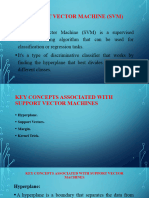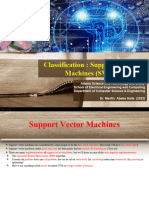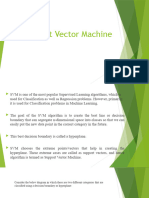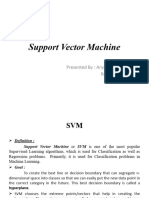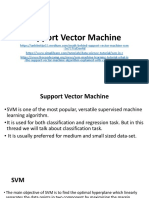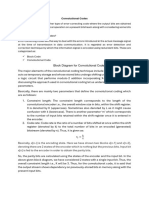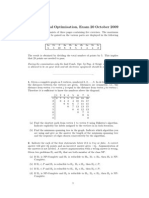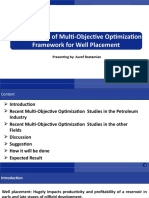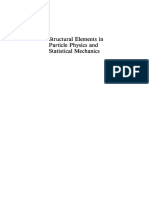0% found this document useful (0 votes)
23 views19 pagesSVM Presentation
Support Vector Machines (SVM) are supervised learning algorithms used for classification and regression, focusing on finding a hyperplane that maximizes the margin between classes. Developed from statistical learning theory, SVM is effective in high-dimensional spaces and can handle both linear and nonlinear data through techniques like the Kernel Trick. The goal is to identify the Maximum Margin Hyperplane, defined by support vectors, to ensure robust decision boundaries.
Uploaded by
thanhafathima480Copyright
© © All Rights Reserved
We take content rights seriously. If you suspect this is your content, claim it here.
Available Formats
Download as PDF, TXT or read online on Scribd
0% found this document useful (0 votes)
23 views19 pagesSVM Presentation
Support Vector Machines (SVM) are supervised learning algorithms used for classification and regression, focusing on finding a hyperplane that maximizes the margin between classes. Developed from statistical learning theory, SVM is effective in high-dimensional spaces and can handle both linear and nonlinear data through techniques like the Kernel Trick. The goal is to identify the Maximum Margin Hyperplane, defined by support vectors, to ensure robust decision boundaries.
Uploaded by
thanhafathima480Copyright
© © All Rights Reserved
We take content rights seriously. If you suspect this is your content, claim it here.
Available Formats
Download as PDF, TXT or read online on Scribd
/ 19

